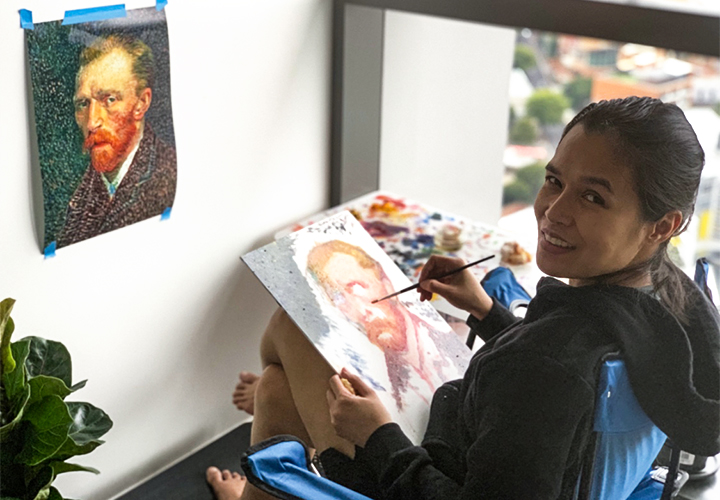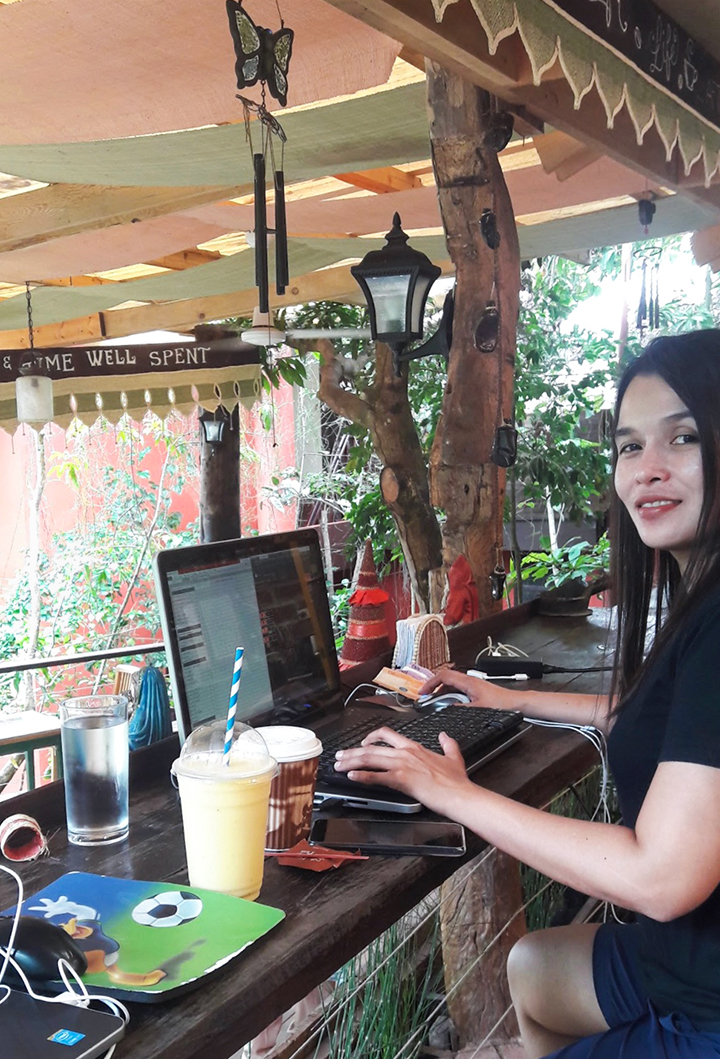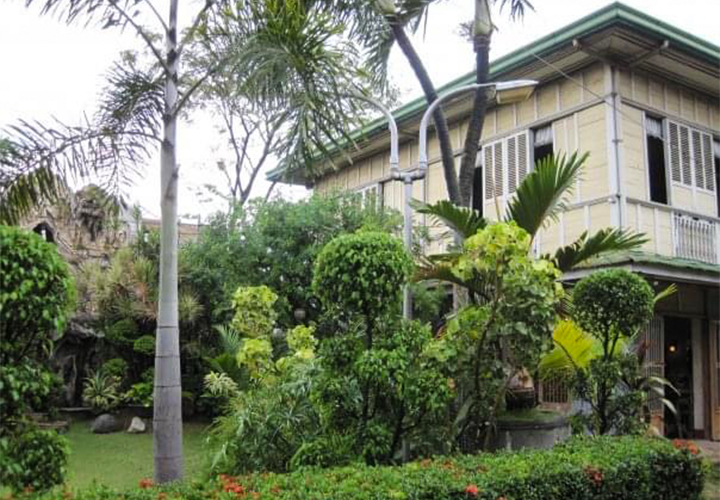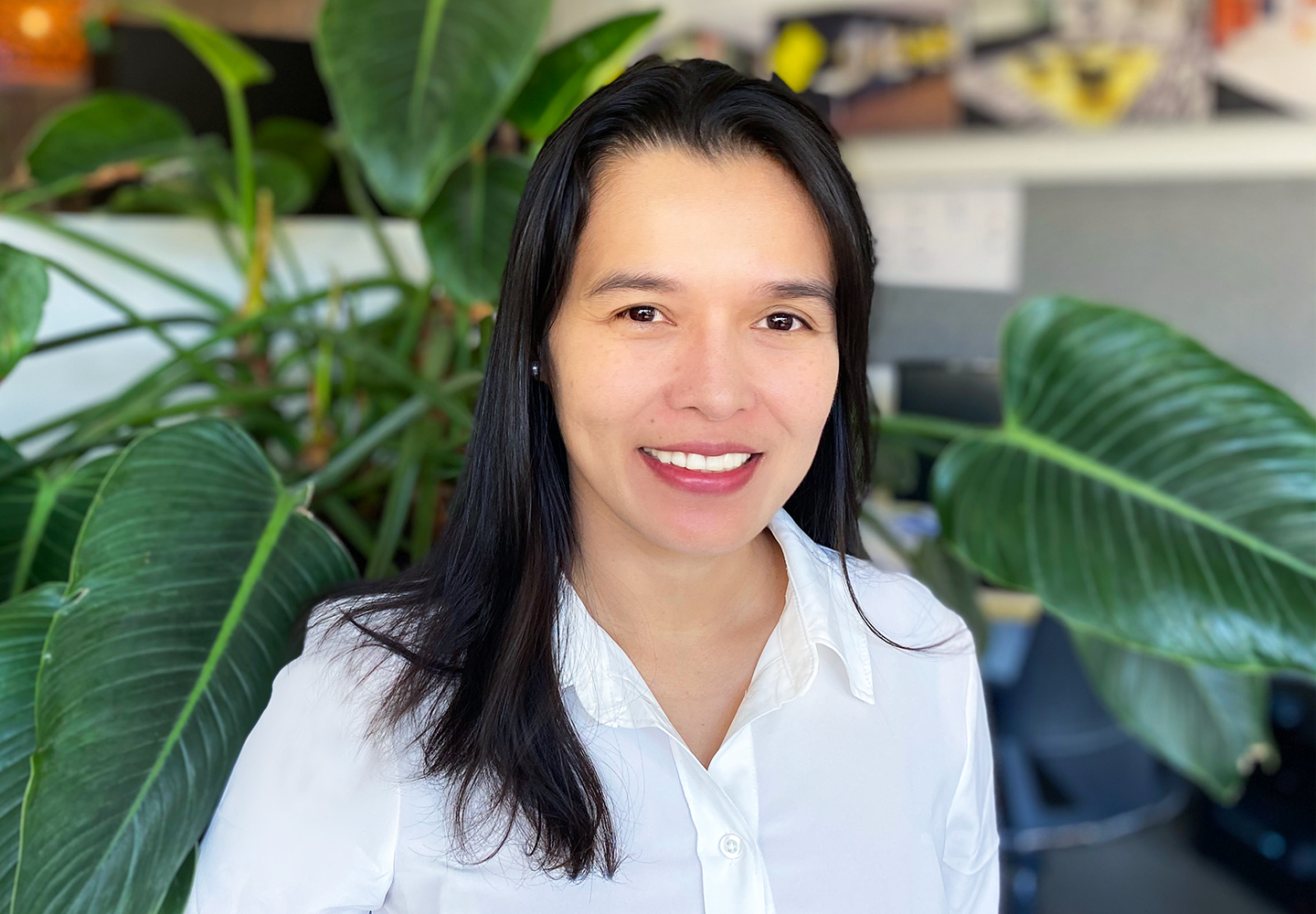We are delighted to welcome Isabelle Cabrera to BrandCulture where she is an Architectural Wayfinding Designer.
Isabelle Cabrera has contributed to incredible wayfinding projects all over the globe, from the United Arab Emirates, Jeddah, Kuwait and Qatar to Hong Kong and Australia. Some of the most notable projects she has contributed to include the Mohammed Bin Rashid City (District 1) and the Kai Tak Sports Park Precinct in Hong Kong – one of the world’s largest sports and entertainment precincts.
Needless to say, we are delighted to welcome Isabelle to our studio. In her new role, she will continue to develop complex wayfinding strategies for major public realm, cultural, commercial and healthcare precincts.
Originally from Cebu, Philippines, Isabelle spent 10 years living in Dubai before moving to Australia in 2018. Welcome, Isabelle!
Have you always specialised in wayfinding design?
I originally studied architecture, but when I moved to Dubai, my first role was actually in interior design and fit-out. From here, I side-tracked into wayfinding and urban design. I think it’s really helpful to have an understanding of all of these skillsets. Each one is useful when it comes to interpreting the built environment.
As a wayfinding designer, I especially love working on large-scale, complex precincts from the ground-up and familiarising places for people. I do this by putting myself in their shoes and being empathetic to people in all walks of life in general, as well has those who have special needs: people with disabilities, the elderly or children, for example. Different users all have different needs when it comes to feeling safe, allowing themselves to explore and connect with their environment.
What do you enjoy most about collaborating with architects?
I love reading architectural plans because it helps me to understand how architects think about planning places. I think wayfinding consultants need to maximise the architectural intention, while architects should think about ways to integrate wayfinding into their designs from the outset. Sometimes, if the architectural style is memorable, you don’t need to place any wayfinding there, and this is what wayfinding designers look to optimise – the architecture itself can be a wayfinding element.
You recently relocated from Brisbane to Sydney: first impressions?
Sydney is very surprising. Every nook and cranny seem to have a story to discover. From first impressions, the city is so complex, and yet still legible because of the differences you see from every angle, which helps you remember places.
You are an expert in construction documentation. Why is this such an important element of your role?
A lot of my experience involves documenting complex wayfinding strategies for major precincts using Revit, Sketchup, AutoCAD and 3D modelling. Documentation is vital because it ensures your design intentions are always communicated clearly, and with the aim to provide precise and comprehensive sets of documents, streamlining coordination and reducing the number of RFIs.
You’ve worked all over the globe. What attracted you to your new role at BrandCulture?
What really excites me is the automation that the studio is exploring here: we are using technology to reduce the time it takes to document wayfinding responses, which gives us more time to focus on the details of every design. It’s really exciting. The company is innovative, and I feel they encourage and support the team to be the same.
Pictured below, clockwise from top left: Outside of work, Isabelle loves painting and drawing; she enjoyed life as a digital nomad from 2016-18; plus her ancestral home in the Philippines.



